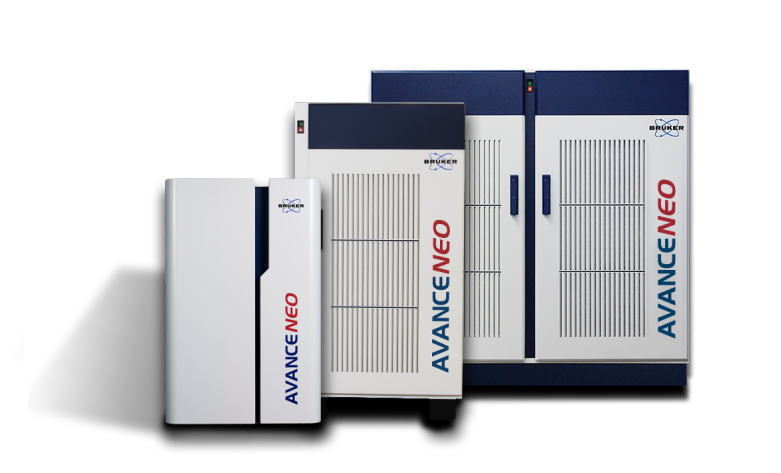The AVANCE NEO consoles for NMR feature even faster control, improved dynamic range and greater flexibility and scalability than ever before.

Features
While its predecessor, the AVANCE III HD, already provided cutting-edge NMR performance, the AVANCE NEO takes this a step further. It features even faster control, improved dynamic range and greater flexibility and scalability.
The AVANCE NEO is based on a ‘transceive’ principle, meaning each NMR channel has both transmit and receive capabilities. This architecture provides the greatest flexibility in terms of instrument configuration and multi-channel operation. Multi-receive experiments are easily implemented with this new approach.
Also new in the AVANCE NEO is the concept of an embedded acquisition server and an associated client-server software architecture (TopSpin 4 and higher). This leaves the spectrometer independent of the client computer, thus giving the user the opportunity to control the system via an operating system and location of choice, like the cloud.
With the frequency range now extended from 200 MHz to 1.2 GHz, and with various functional enhancements in setup and diagnostics, the AVANCE NEO is well positioned to serve as the research platform of choice for the current and the next generation of NMR spectroscopists.
Validating Hits Through NMR as an Orthogonal Biophysical Method | Nutritious Krill Oil Obtained by Novel Environmentally-Friendly Extraction | New Horizons for NMR in the Biopharmaceutical Industry |
